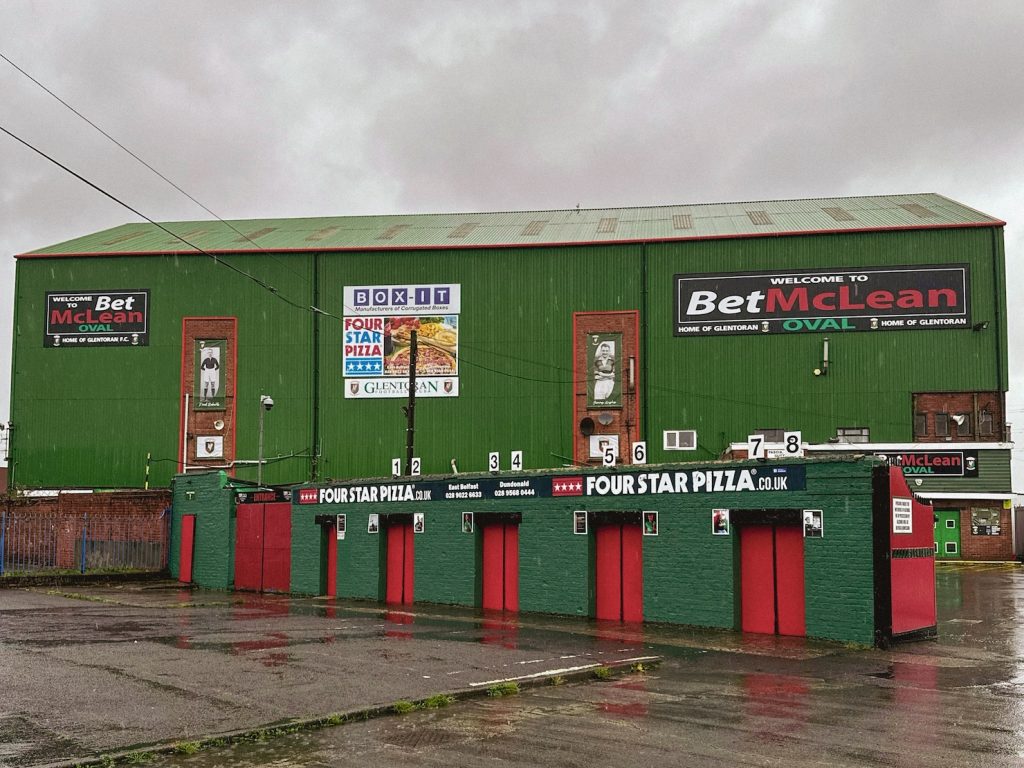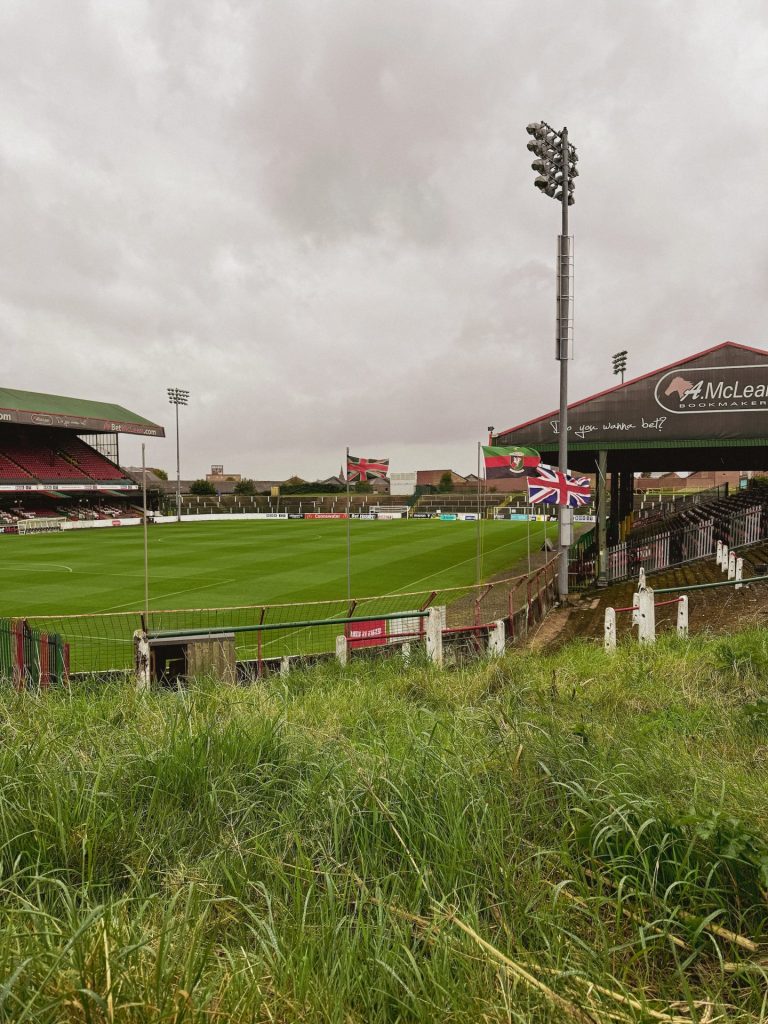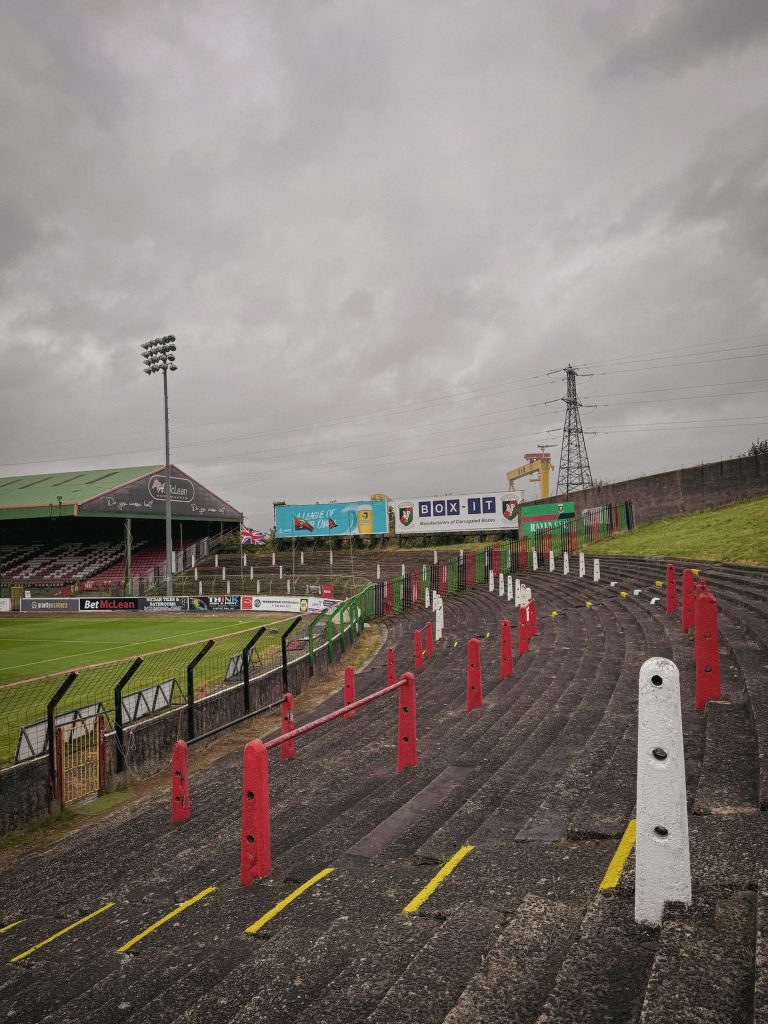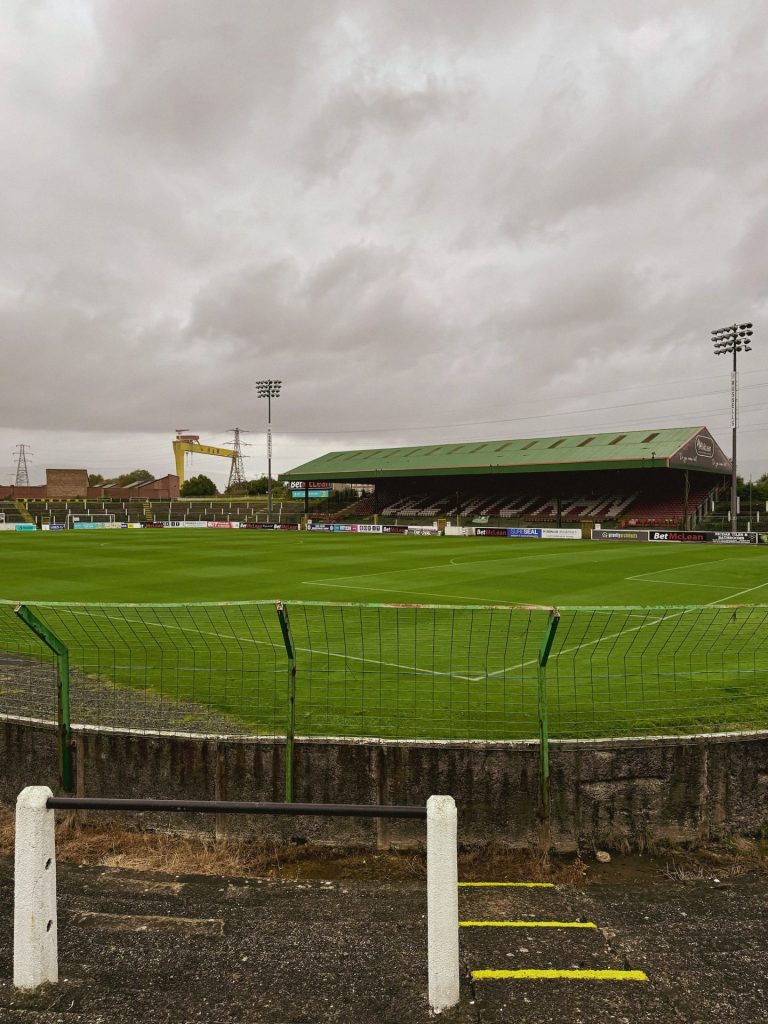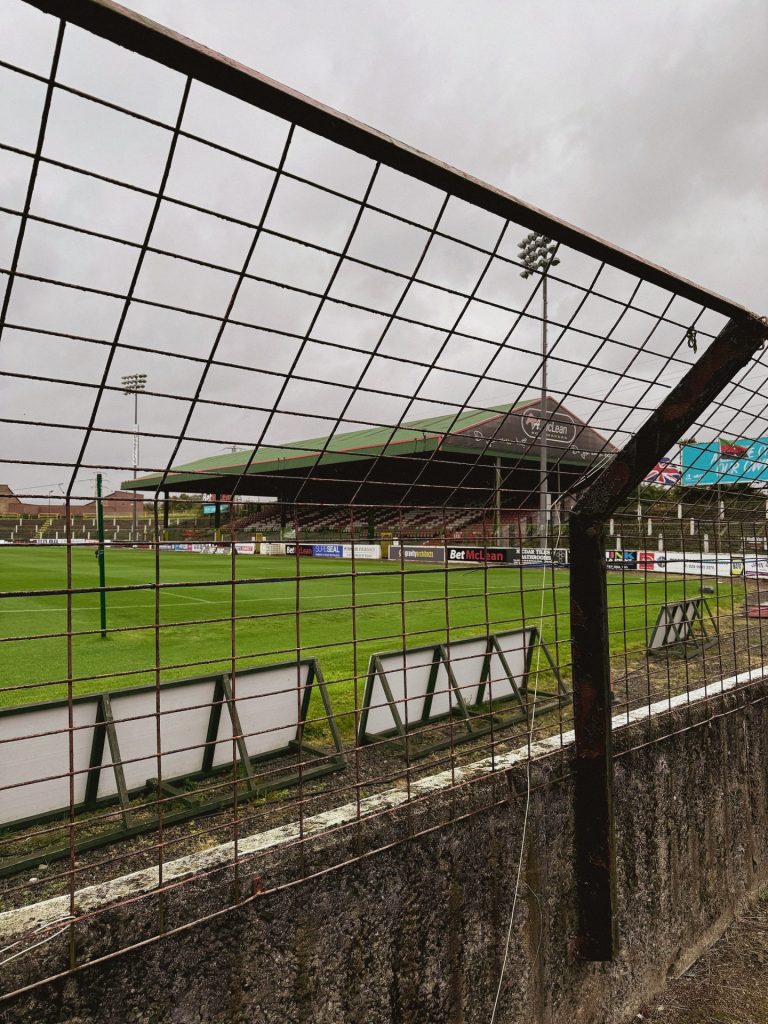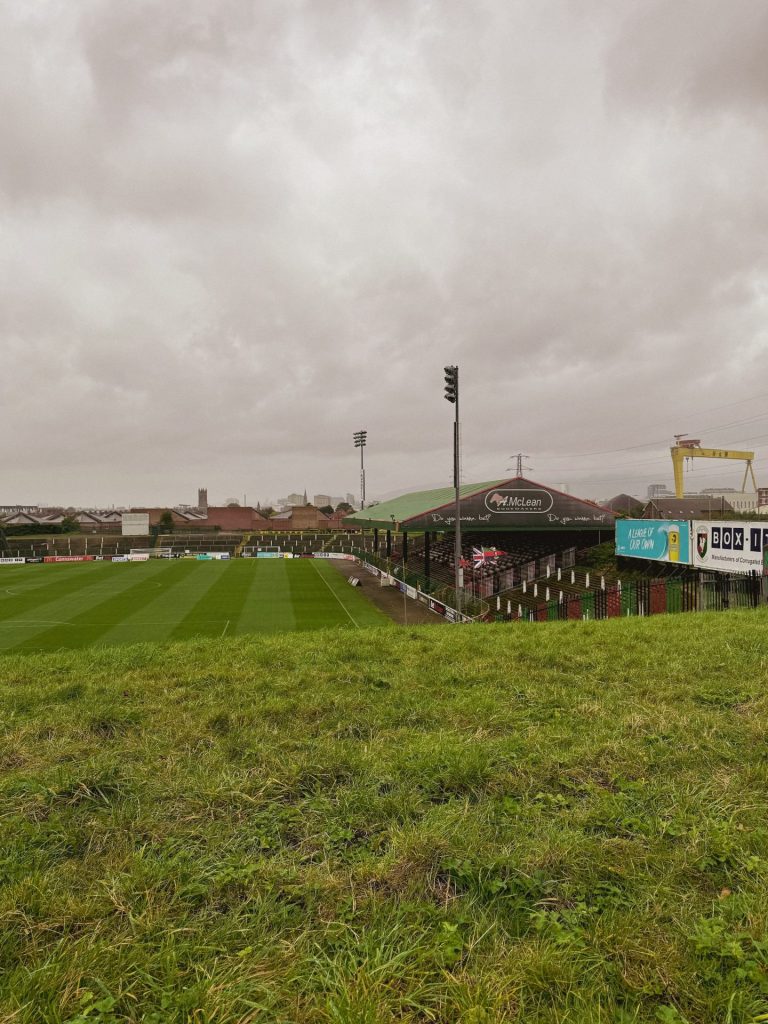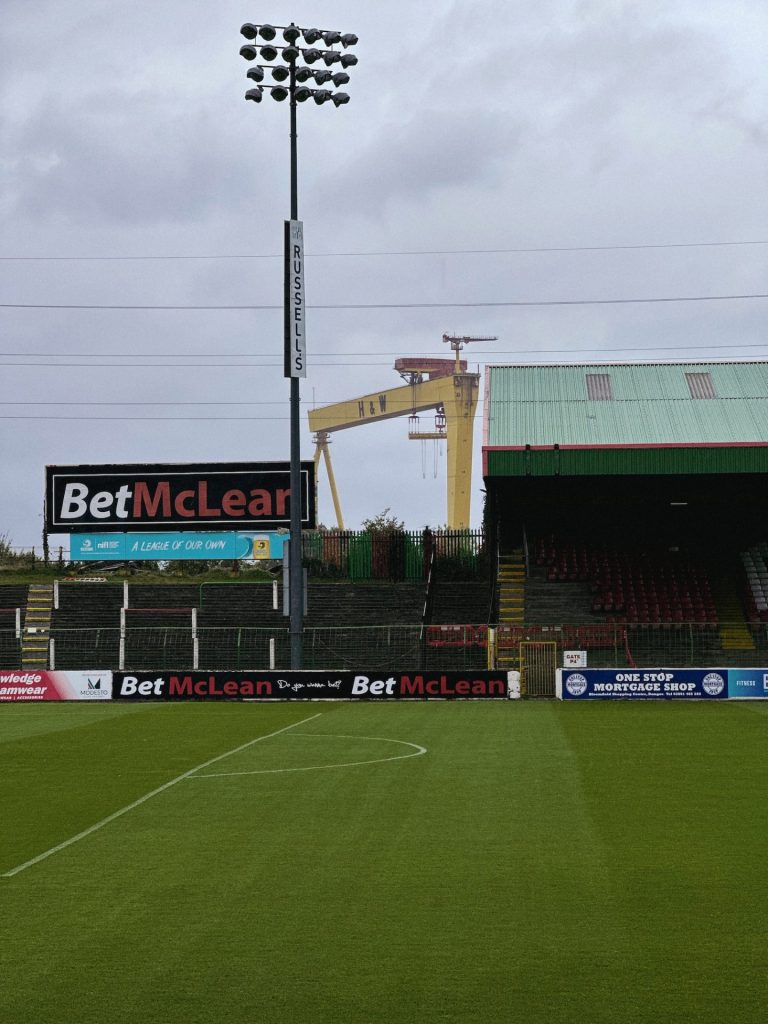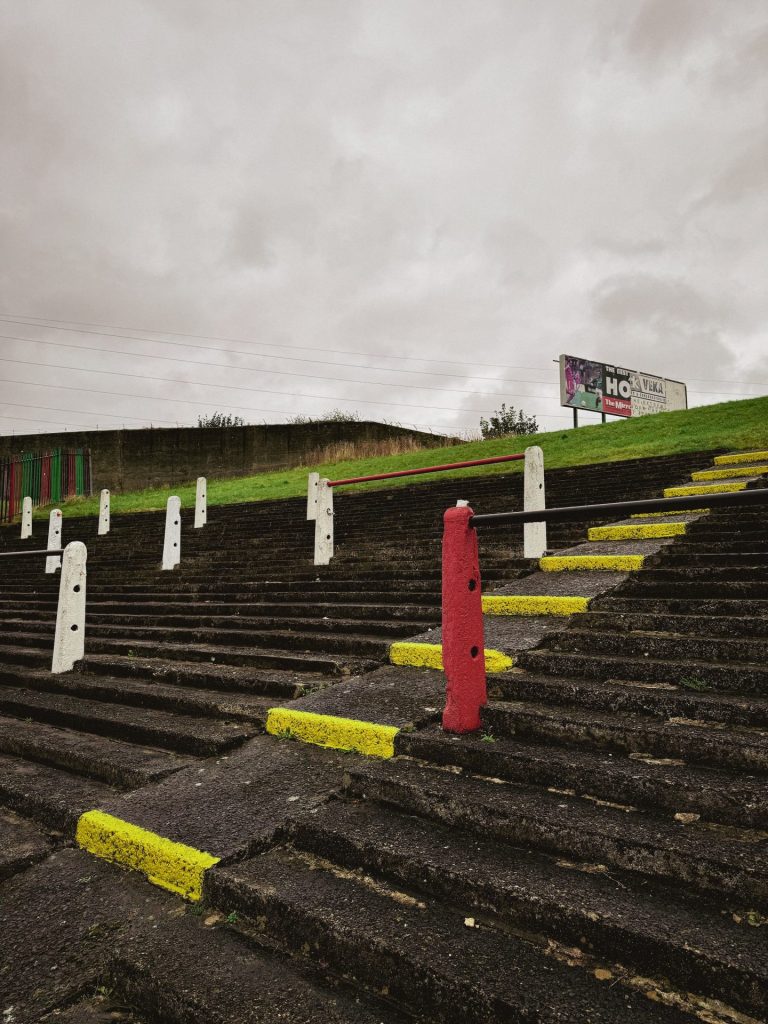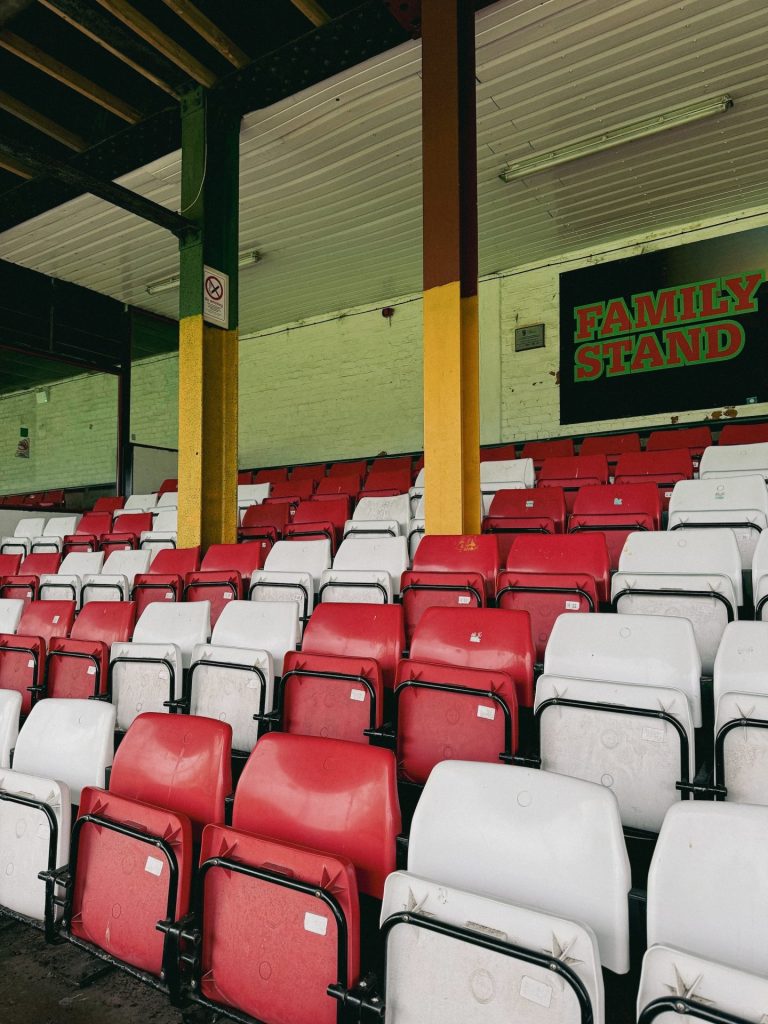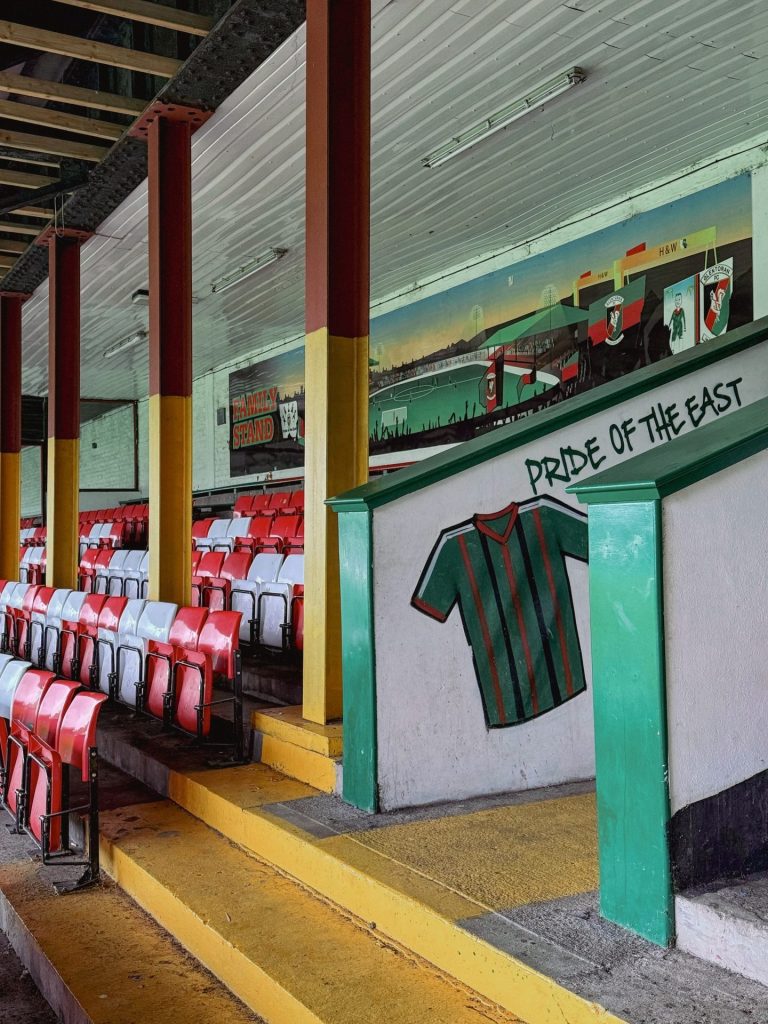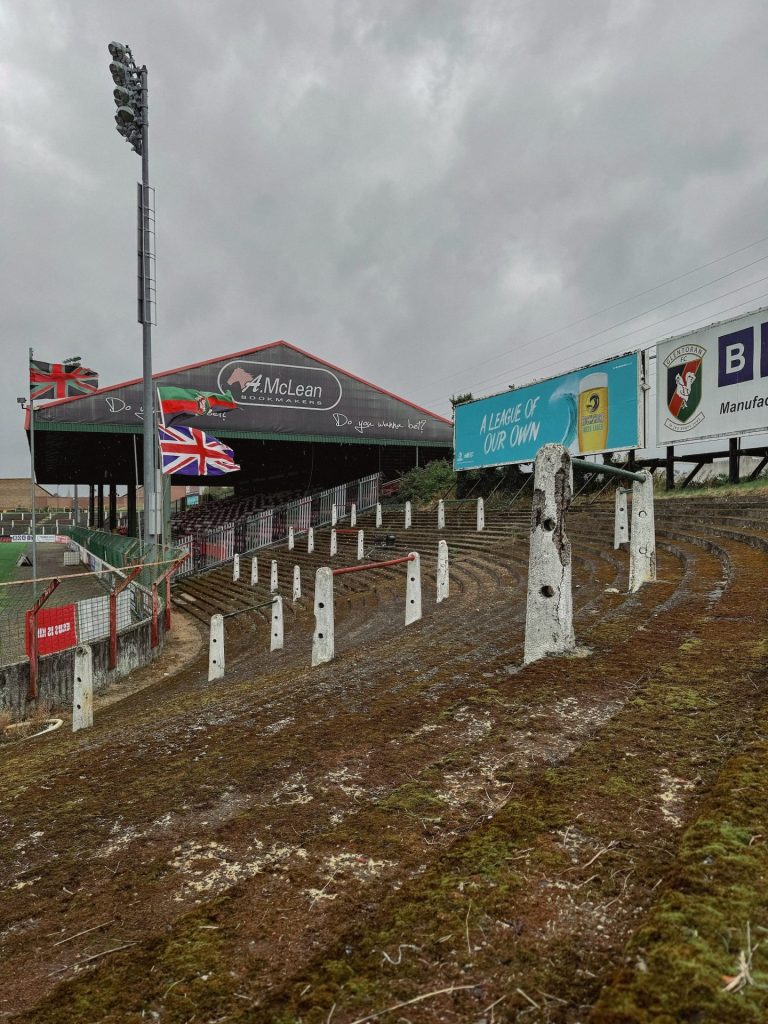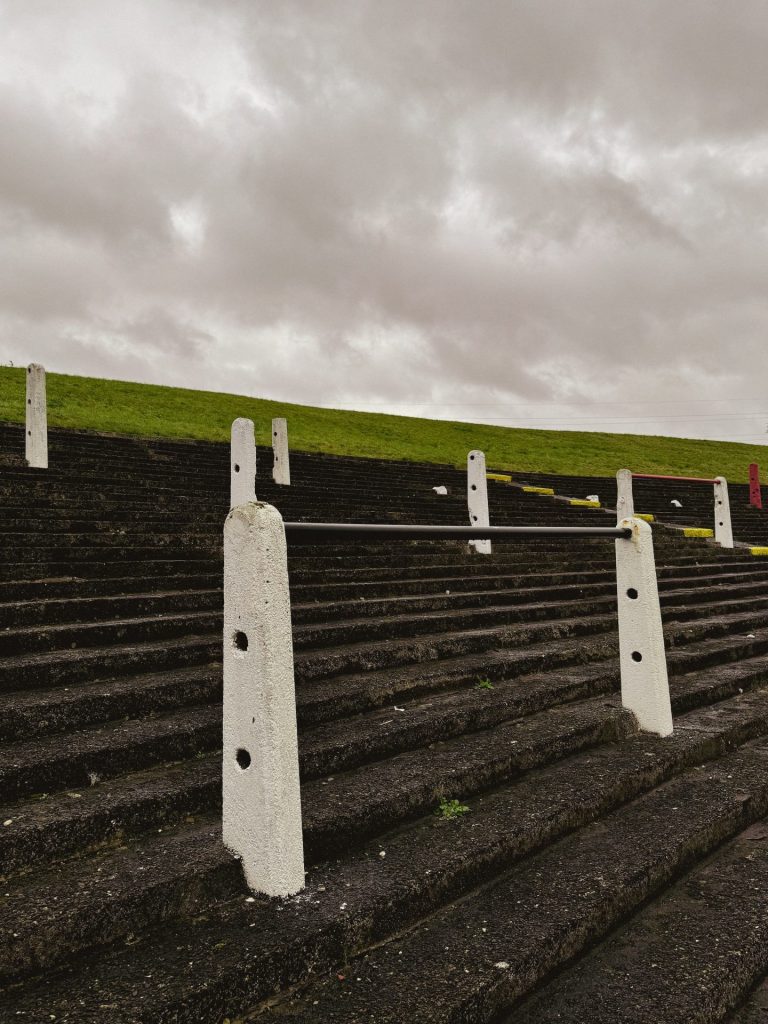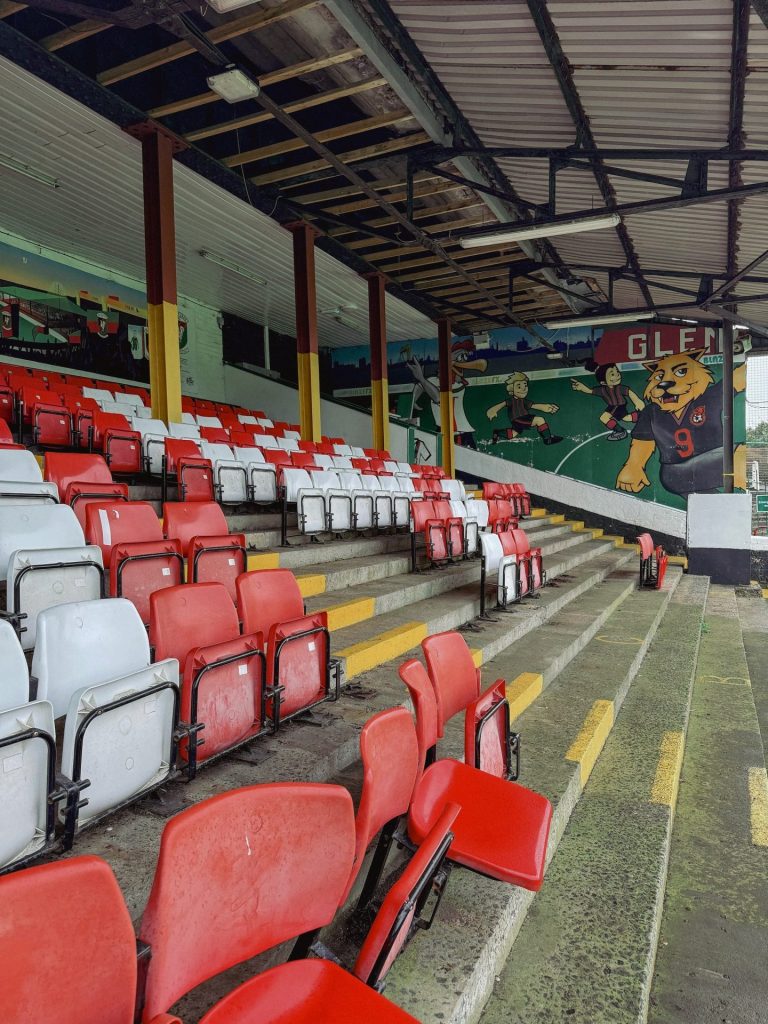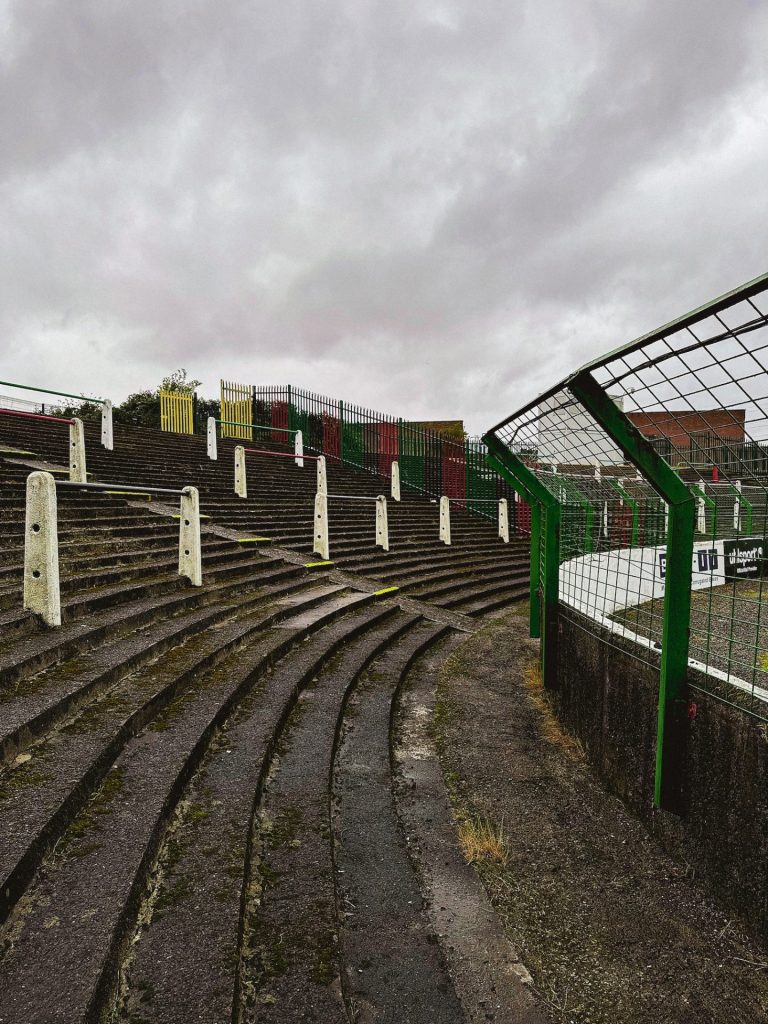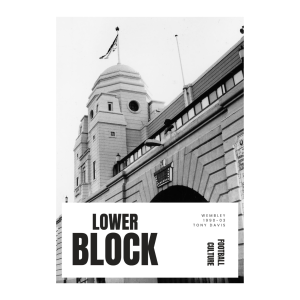French photographer Guirec Munier turns his lens toward The Oval, home of Glentoran FC, to capture a rare kind of beauty – the quiet dignity of an old football ground at rest. Built in 1892, The Oval has weathered war, wind, and time without ceremony. It has hosted no great finals and produced no global stars, yet it carries an undeniable aura.
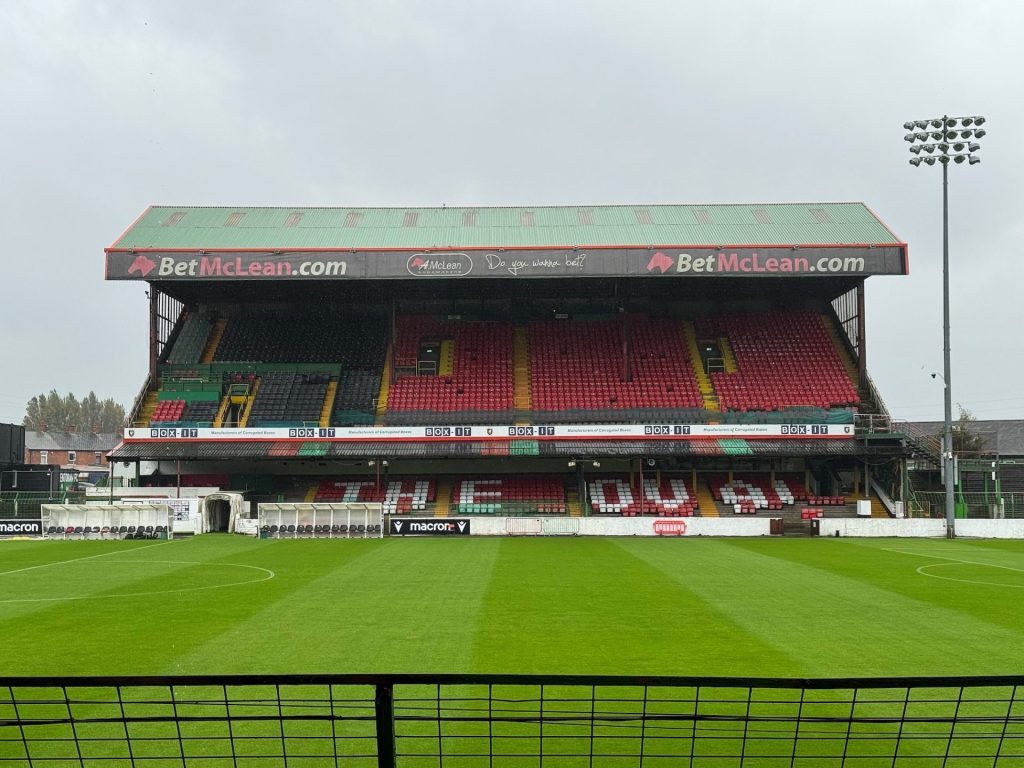
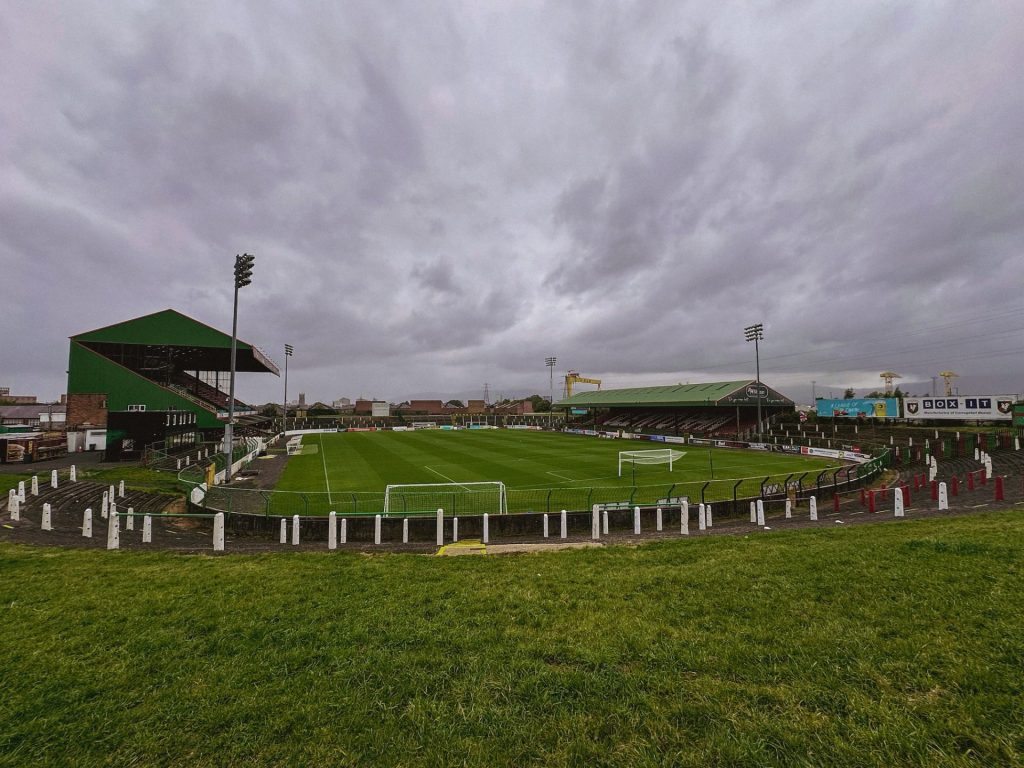
Munier’s images linger on the ground’s raw details: rusted railings, faded signs, terraces patched and worn. From the nearby Sydenham Terrace, the twin cranes of Samson and Goliath rise behind it like silent sentinels. What emerges is not nostalgia, but presence – a portrait of place before change arrives. As redevelopment looms, these photographs preserve The Oval’s quiet soul, reminding us that authenticity often lives not in spectacle, but in the stillness between moments.
“A deliciously old-fashioned atmosphere tinged with a nostalgia for a time yet unknown…”
“Why does The Oval capture so much interest from discerning observers? Why does it enjoy such an aura? The Oval hasn’t hosted major matches, George Best didn’t play on its pitch before moving to Manchester, its two main stands, dating from the post-war period, have no extraordinary features, and the NIFL Premiership has never transcended crowds beyond its borders. Personally, the only vague memory I have of Glentoran is a 1992 Champions League match played against the eventual winner of the competition, Olympique de Marseille.
“But then where does its impalpable, indescribable, and difficult-to-explain magnetism come from? A singular, rather difficult-to-describe atmosphere reigns there. A deliciously old-fashioned atmosphere tinged with a nostalgia for a time yet unknown. To truly appreciate The Oval and truly immerse yourself in the site, you must climb to the top of Sydenham Terrace. There, atop the wind-battered earth mound, near the Type 24 military pillbox that miraculously remained intact after the bombing that destroyed the stadium and much of the city on May 5, 1941, during the Belfast Blitz, the view is breathtaking. To the northwest, Samson and Goliath, the iconic twin shipbuilding gantry cranes that dominate the Belfast skyline, are an integral part of the picture. As is the advertising board dating from the 1991/92 season, surprisingly still in place at a time when every square centimetre of advertising space is now sold at a high price.
“Below, the terrace is raw, like the rest of the stadium, patched up with bits and bobs. Only the upper part of the Main Stand is still in decent condition. But regardless of the dilapidation, many of us will miss the current The Oval when the next redevelopment sees the entire stadium completely altered, most likely resulting in a bland and sanitized result. While the residents of East Belfast will remain loyal to their club, the tireless comings and goings of planes will still exist above the stadium, the east wind will still sweep the terraces, and the unshakeable Samson and Goliath will still be visible, the more than century-old soul of The Oval will have evaporated into the rubble.
“Have the questions posed in the introduction been answered? Not quite, but is it always imperative to have answers to questions relating to emotions and the very personal perception of beauty, or should we simply appreciate them unconditionally? Broad question.“
